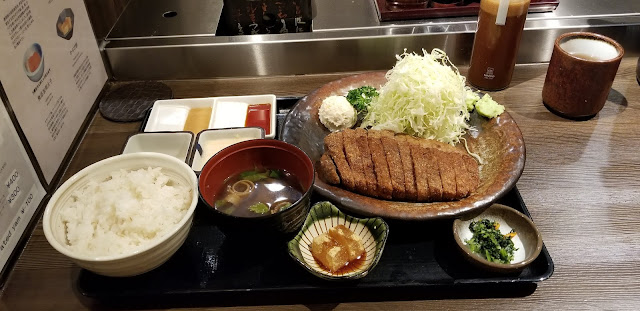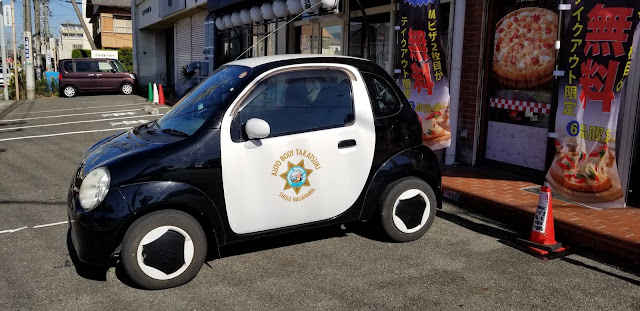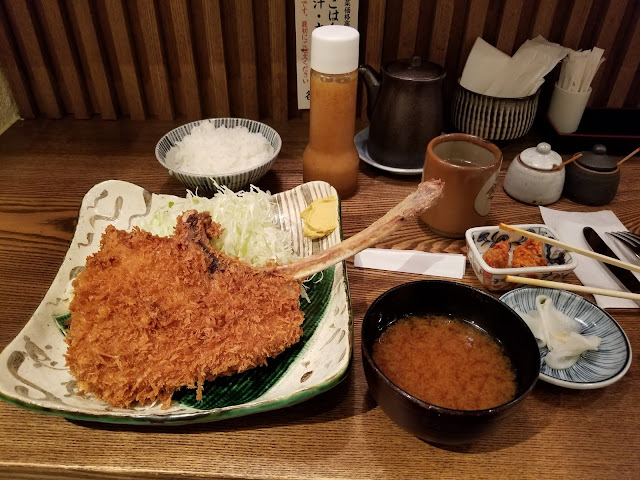This will probably be the last posting for 2018. I wish you and your family a Happy New Year for 2019. The last post this year is for a unique Japanese shrine using the travel blog, rather than my previous end of the year posts in the food blog. I hope you have enjoyed both blogs, and if you have not already, please "Follow" and give the blogs a "Like" on Facebook (food: https://www.facebook.com/ducksoupeasy/, and travel: https://www.facebook.com/ducksoupeasytravel/). Thanks, and I will see you next year.
Kumano Nachi Taisha (熊野那智大社) is a Shinto shrine and part of the UNESCO-designated World Heritage Sacred Sites and Pilgrimage Routes in the Kii Mountain Range of Japan. [1] The shrine is one of three sacred shrines, known as the Kumano Sanzan (熊野三山) or the Three Grand Shrines of Kumano, located on the Kii peninsula in Wakayama Prefecture, south-east of Osaka. The other two sacred shrines are Kumano Hongu Taisha and Kumano Hayatama Taisha. The shrines are located on a sacred pilgrimage route known as the Kumano Kodō (熊野古道). While it is still possible to walk the original ancient Kumano Kodō, the sites are now accessible by more modern trains and buses. The most notable sight at the shrine is the three-storied pagoda located near the highest single-drop waterfall in Japan. I visited the shrine on 22 Oct 2018.


